
How health system specialty pharmacies can leverage data to differentiate the impact of the high-touch, integrated care model and create value for all pharmacy stakeholders.


How health system specialty pharmacies can leverage data to differentiate the impact of the high-touch, integrated care model and create value for all pharmacy stakeholders.

Although eating healthier food and moving more are the basics of weight control and obesity treatment, finding ways to help people adhere to a weight-loss regimen is more complicated.

With increasing rates of diabetes and its risk factors, the researchers emphasized the urgency of developing effective interventions.

Additional randomized clinical trials are warranted to determine the mechanism between the 2 diseases.

Study finds that death was significantly less likely for type 2 diabetes subjects taking metformin, compared to those not taking metformin.

Low carbohydrate diets also increased weight loss, reduced medication use, and improved body fat concentrations at 6 months.

The study authors noted that although the Western diet does not promote good cardiovascular health, it is not clear exactly what contribution fried food might make to the risks of serious heart disease and stroke.

The use of artificial sweeteners has increased dramatically over the past decade due to growing awareness of the negative health outcomes associated with consuming too much sugar.

Limitations of the study included the sample size of the participants and a gender imbalance across the groups, with more women randomized to bimagrumab and more men to the placebo.
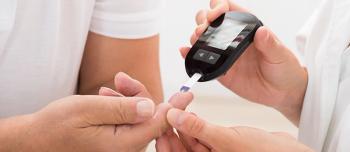
Diabetes and stress-induced hyperglycemia affect an estimated 30% to 45% of all hospitalized patients.

The analysis found that at least 38 minutes of moderate intensity exercise each day was associated with the lower risk, which is a little more than the current recommendations of at least 30 minutes a day, 5 days a week.

New research suggests immunosuppressants do not increase the risk of COVID-19.
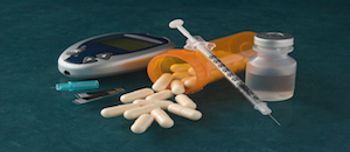
The objective of the study was to evaluate the impact of the ambulatory care pharmacist intervention on A1C changes in patients with uncontrolled type 2 diabetes mellitus (T2DM) during a 2-year period at the diabetes education center.

Educating patients about medication adherence and understanding and monitoring A1C and fasting glucose levels improves health outcomes.

Amphastar Pharmaceuticals’ generic glucagon for injection USP, 1 mg/vial packaged in an emergency kit, is indicated for the treatment of severe hypoglycemia, which may occur in patients with diabetes mellitus.
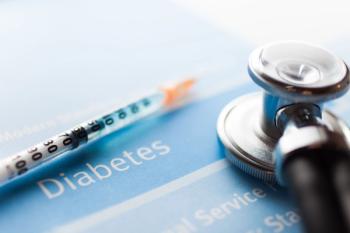
There are compelling reasons to use sodium-glucose cotransporter-2 (SGLT2) inhibitors for the treatment of type 2 diabetes, according to a session at the 2020 ASHP Midyear Clinical Meeting and Exhibition.

Even when all 5 factors were optimally controlled, patients with type 2 diabetes still had a 21% higher risk for CVD and a 31% higher risk for heart failure hospitalization compared to patients without diabetes.

In the midst of the COVID-19 pandemic, it is important that individuals who are at higher risk for poor outcomes from infection with vaccine-preventable diseases remain up-to-date with their immunizations.

Examining several biomarkers to look for biological explanations for these results, the research team found key mechanisms, including insulin resistance, body mass index (BMI), lipoprotein metabolism, and inflammation, according to the study authors.

Results from 2 pooled post-hoc analyses of phase 3 ORION-9, -10, and -11 trials evaluating inclisiran demonstrated the treatment was well-tolerated and effective.

Biological processes may be limiting the ability of insulin to adapt to obesity, rendering most people vulnerable to type 2 diabetes.

Through Project IMPACT: Diabetes Prevention, the APhA Foundation has built the infrastructure that allows the National DPP to be offered using an innovative service model.
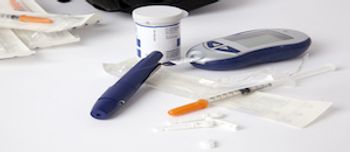
The drug combination of dapagliflozin and exenatide continues to stay effective without a loss of effect after 2 years of continual use in patients with type 2 diabetes (T2D), according to researchers at Thomas Jefferson University.

Further research is essential in order to determine the relationship between diabetes and COVID-19 and what impact glucose-lowering drugs may have.
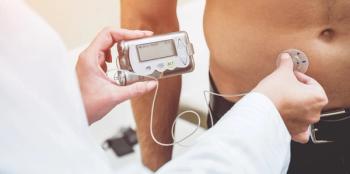
For patients with type 1 and type 2 diabetes, these computerized devices offer a break from conventional daily injections, while allowing patients to still reach and maintain their A1c levels and blood sugar targets.